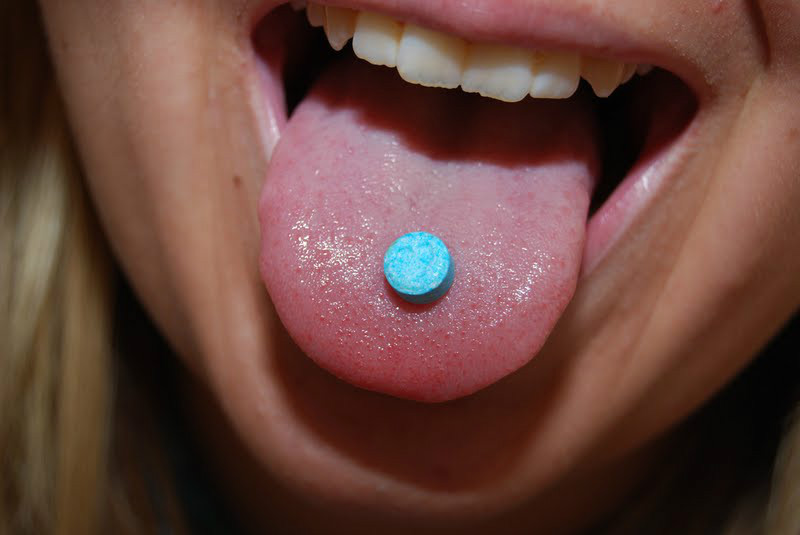ADVERTS
What is LSD and who are its users?
LSD (Lysergsäurediethylamid- lysergic acid diethylamide) is also known by other names such as sweet, acid, drop, paper and micropoint. Users are generally teenagers and young people looking for new and “colorful” sensations, as with the consumption of this drug, shapes, smells, colors and situations change, leading the person to create illusions and delusions. A “flashback” may also occur, a phenomenon in which the effects of the drug are felt after a period of weeks or months without using it. It produces changes in the brain, acting directly on the nervous system.
How is LSD produced?
It is a synthetic drug, produced in a laboratory, which gained popularity in the 60s. It did not present any harmful characteristics to health. Its consumption is via oral route, injection or inhalation, and is found in the form of bars, capsules, gelatin strips and liquid.
ADVERTS
What are the effects and consequences of LSD?
Its physical effects are: dilation of the pupils, sweating, increased heart rate and blood pressure, increased temperature, nausea, vomiting. They last eight to twelve hours. In general, they depend on the environment, the quality of the drug and the individual's personality.
The consequences include: auditory and visual hallucinations, sensory sensitivity, confusion, disordered thinking, loss of emotional control, euphoria alternating with anguish, difficulty concentrating.

